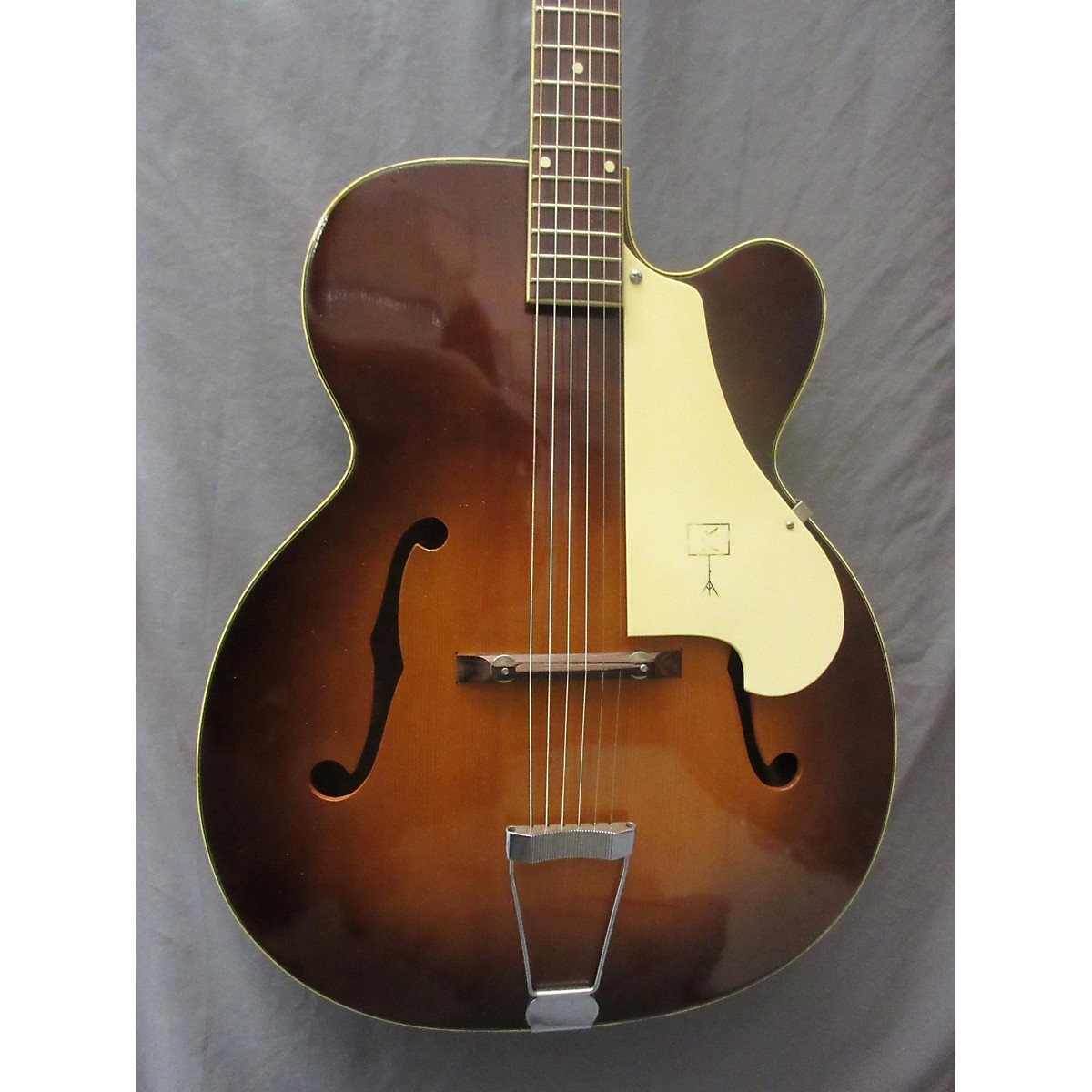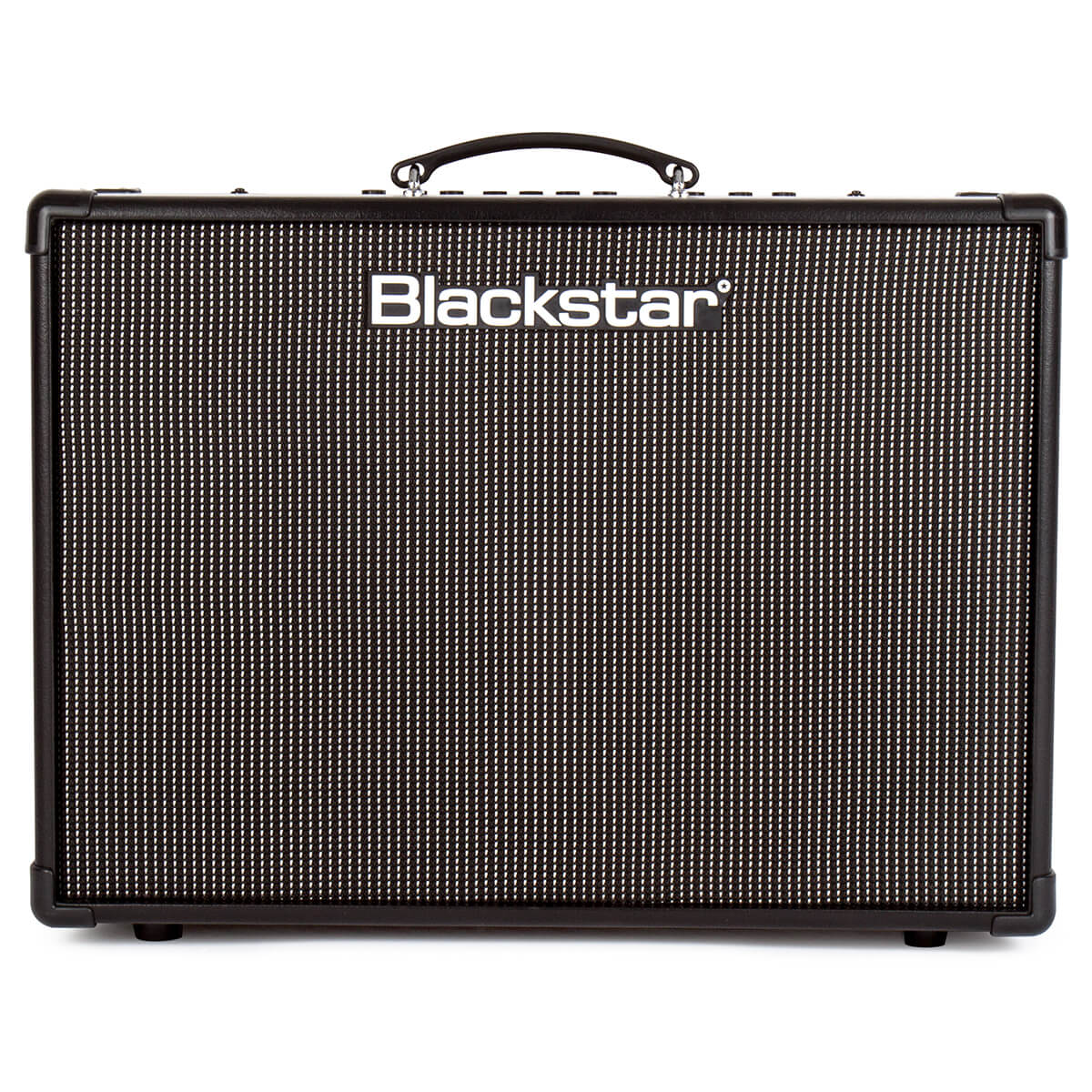
See also - Vintage guitar advertising Catalogue updates on this siteīy the end of the 1960s, a decision had been made to move Epiphone guitar production from the USA (at the Kalamazoo plant where Gibson guitars were made), to Matsumoto in Japan, creating a line of guitars and basses significantly less expensive than the USA-built models (actually less than half the price). All but the smallest companies print catalogues in significantly larger quantities than in the previous decades. Since the 1970s, colour printing has been the norm. Though by the mid-1960s guitar sales were at a peak, and most manufacturers were using colour, often producing lushly designed full-line catalogues containing all guitars, basses, amplifiers, banjos etc produced by the company at that time. Some of the first full colour guitar publicity was produced by Gretsch in the 1950s. Early catalogues were naturally black and white, with the occasional two-colour font or page design. Later Gretsch, Gibson and other companies followed suit. Some of the bigger manufacturers (most notably Fender in the early 1960s) started including somewhat slimmed down catalogues in the centre pages of popular music magazines such as Downbeat. Examples include LD Heater in the US, and Bell music in the UK. Often these contained pages from the manufactures own catalogues, but sometimes they were entirely separate. What's more, some larger music stores produced their own catalogues.

In the UK Boosey and Hawkes distributed Guild and Arbiter distributed Gretsch.Ĭatalogues were typically available from guitar dealers and by mail from the manufacturers themselves (or the distributors in overseas territories).


Other examples include Merson, and later Ampeg, distributing Hagstrom, and Sorkin distributing Hofner in the USA. So British catalogue listings for Gibson and Hofner, for example, appeared in Selmer catalogues. UK brand VOX were distributed by the Thomas organ company in the US, whilst Vox's parent company JMI distributed Fender in the UK. For example, in the early 1960s, Selmer were the UK distributor for numerous non-UK brands: Hofner from Germany, Hagstrom from Sweden, and Gibson from the US.

Guitars sold worldwide tended to have an overseas agent looking after the distribution and advertising in that particular territory.


 0 kommentar(er)
0 kommentar(er)
